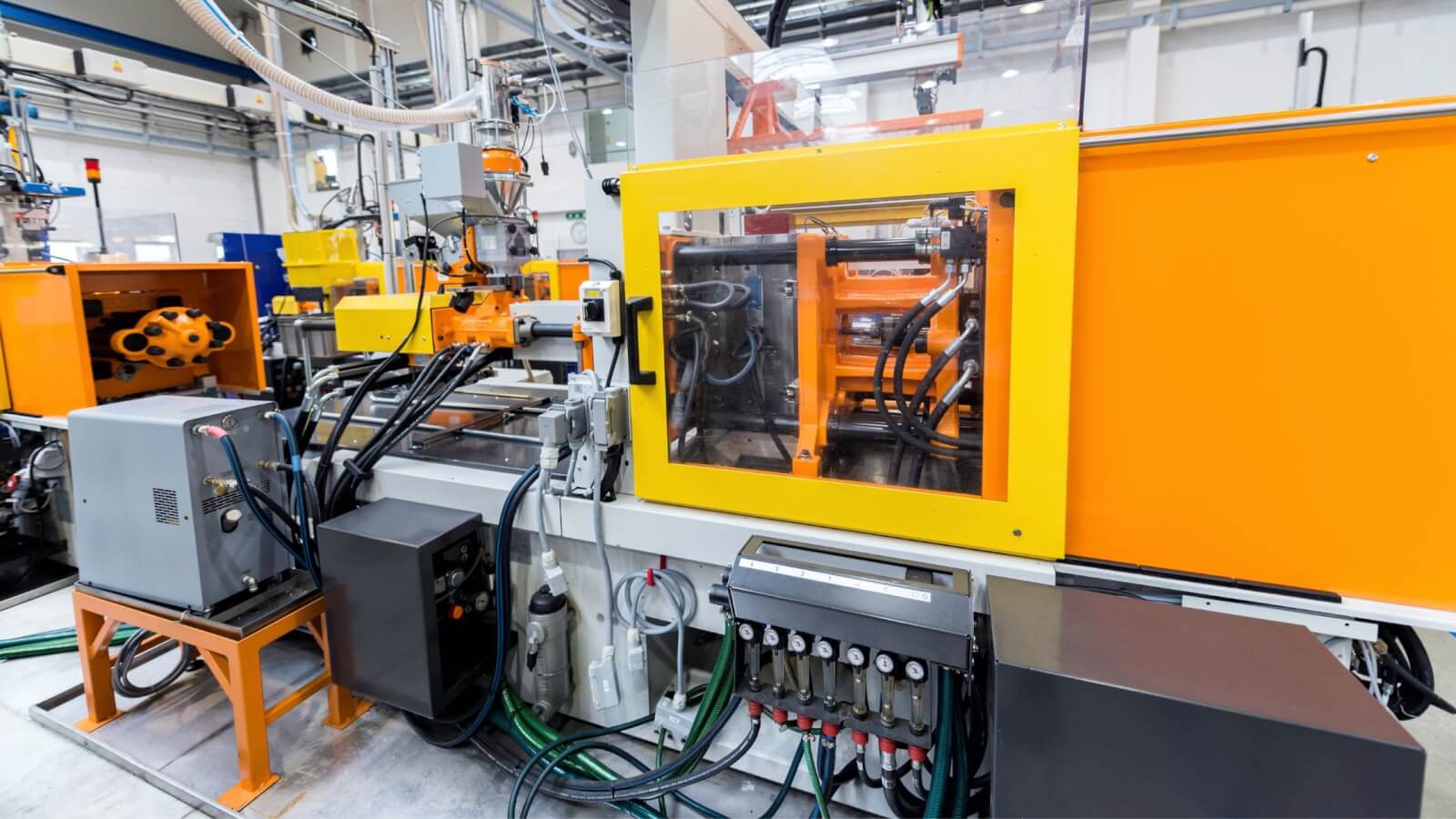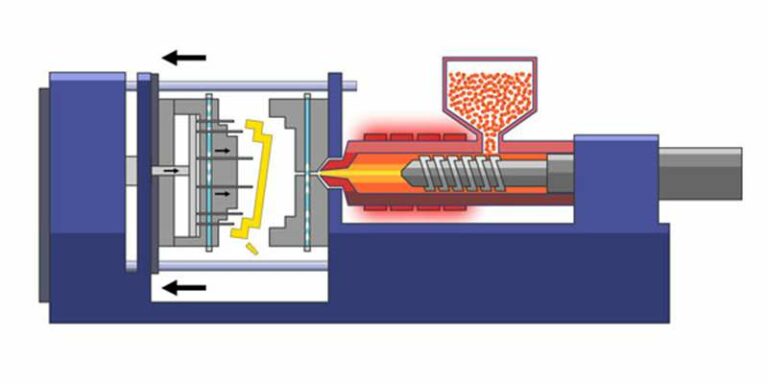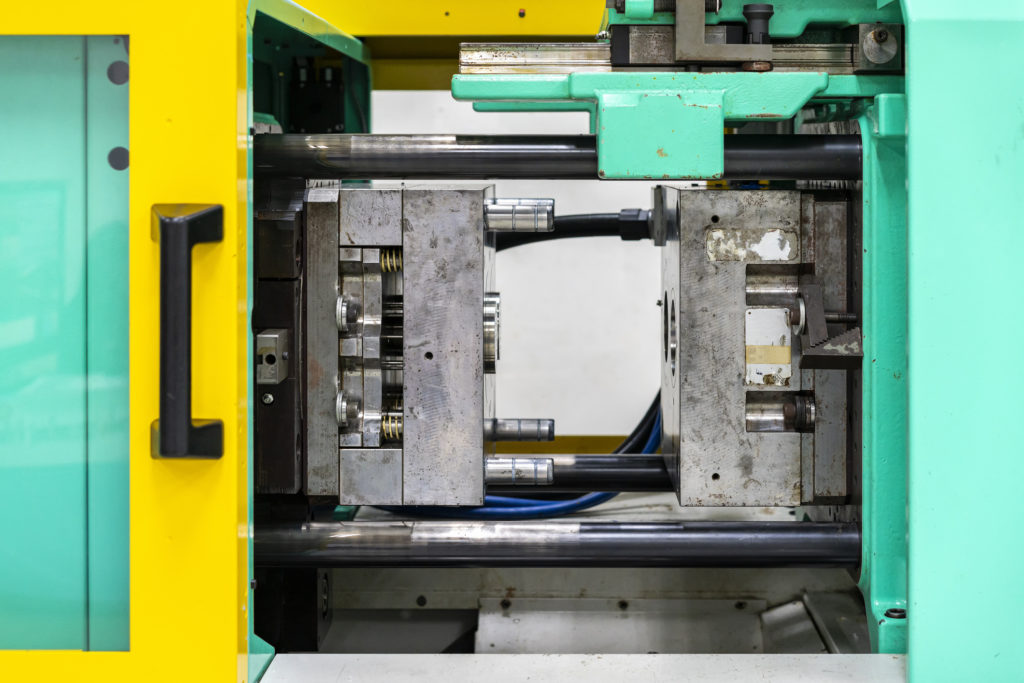The Future of Plastic Injection Molding: Technologies and fads to View
As the plastic shot molding market develops, several crucial fads are arising that assurance to improve its landscape. Automation and smart production methods are established to enhance efficiency, while the shift in the direction of sustainable materials mirrors an expanding ecological consciousness. Furthermore, developments in 3D printing are leading the way for unmatched design versatility. However, these developments also yield difficulties that need careful consideration. Comprehending just how these elements will connect and affect future methods is essential for stakeholders aiming to navigate this transformative period effectively.
Automation and Smart Manufacturing
As the plastic injection molding industry progresses, automation and wise production are taking center stage, changing production procedures - Plastic Injection Molding. The combination of innovative innovations such as robotics, IoT (Net of Things), and expert system is making it possible for manufacturers to enhance performance, reduce operational costs, and improve item high quality. Automated systems enhance process, reducing hand-operated treatment and increasing throughput, which is crucial in fulfilling the climbing need for quick production cycles
Smart producing innovations assist in real-time tracking and data evaluation, allowing business to optimize device performance and predict maintenance needs. This positive strategy not only minimizes downtime however likewise extends the life-span of devices. The use of joint robotics, or cobots, improves the versatility of manufacturing lines, making it possible for makers and workers to operate side by side safely and efficiently.
The fostering of automation in plastic injection molding is not just a pattern but a calculated vital for services aiming to remain competitive in an international market. By taking advantage of these technologies, producers can attain greater accuracy, reduce waste, and adjust promptly to altering consumer demands, placing themselves for sustainable development in a significantly automatic future.
Sustainable Materials and Practices
The press in the direction of automation and smart manufacturing has led the way for a higher emphasis on sustainable products and practices within the plastic injection molding market. Firms are significantly seeking eco-friendly alternatives to standard petroleum-based plastics, bring about the adoption of recycled and bio-based products. These lasting products not just reduce ecological influence however also line up with customer need for greener products.

In addition, collaboration between makers, material distributors, and environmental companies is promoting development in the development of sustainable materials that fulfill efficiency criteria without jeopardizing quality. As guidelines around plastic use end up being stricter, the sector is positioned to adapt by embracing these sustainable approaches, making certain lasting practicality and reducing reliance on non-renewable sources. The assimilation of sustainability into plastic shot molding is not merely a trend; it is ending up being a necessary element of corporate responsibility and functional excellence.
Developments in 3D Printing
Recent advancements in 3D printing innovation are significantly changing the landscape of plastic shot molding. The integration of additive production procedures enables the fast prototyping of complex geometries that were once challenging or difficult to attain with traditional methods - Plastic Injection Molding. This capacity not just accelerates item advancement cycles yet likewise reduces product waste, straightening with the expanding demand for lasting manufacturing techniques
Furthermore, the introduction of hybrid manufacturing methods, which integrate 3D printing and injection molding, uses suppliers the capability to produce detailed layouts while preserving the effectiveness of mass production. This technique allows the manufacturing of customized parts customized to certain customer needs without sacrificing the speed and scalability that shot molding offers.
Additionally, improvements in materials, such as high-performance polymers and composites specifically designed for 3D printing, are enhancing the practical abilities of published parts. These materials can stand up to greater stress and anxiety and show boosted thermal residential or commercial properties, making them suitable for even more requiring applications.
As 3D printing remains to develop, its integration into plastic injection molding procedures guarantees to improve efficiency, minimize costs, and foster technology in product design, positioning producers to better satisfy the obstacles of an affordable market.
Information Analytics and IoT Combination
Data analytics and the combination of the Web of Things (IoT) are reinventing plastic injection molding by supplying producers with unprecedented look these up understandings into their operations. By leveraging real-time information accumulated from interconnected machines and sensing units, manufacturers can check efficiency metrics, identify ineffectiveness, and enhance production procedures. This data-driven strategy promotes predictive maintenance, minimizing downtime and extending equipment lifespan.
Furthermore, IoT assimilation permits improved quality control. By continuously tracking variables such as temperature level, pressure, and cycle times, makers can quickly find inconsistencies from developed parameters and make adjustments in actual time. This not only improves product uniformity but likewise minimizes waste and scrap prices.
The fusion of data analytics and IoT technologies also equips producers to embrace even more dexterous production approaches. With accessibility to comprehensive information analytics, companies can reply to market demands with higher adaptability, changing manufacturing timetables and setups as required. This versatility is important in a swiftly changing manufacturing landscape.

Modification and Design Flexibility
How can modification and style adaptability enhance the competitiveness of plastic injection molding? In a progressively diverse market, the ability to use tailored services is extremely important. Customization permits producers to satisfy certain customer requirements, accommodating one-of-a-kind dimensions, forms, and performances that basic items might not fulfill. This adaptability not just fosters client commitment however additionally opens avenues for new business possibilities across different markets, from automotive to customer goods.
Advancements in style modern technologies, such as computer-aided layout (CAD) my company and fast prototyping, more reinforce this pattern. These devices make it possible for designers to develop detailed patterns and complicated geometries, which can be perfectly incorporated right into the manufacturing process. Because of this, makers can react promptly to transforming customer choices and market needs.
In addition, the implementation of modular tooling systems enhances design versatility, permitting quicker adjustments between various item styles without extensive downtime. This versatility can lead to reduced preparations and reduced production costs, making firms extra affordable and active. Eventually, welcoming modification and design versatility in plastic shot molding not just raises item offerings however likewise enhances market positioning in an ever-evolving landscape.
Conclusion
The future of plastic shot molding is characterized by considerable developments in automation, lasting practices, and innovative materials. The integration of IoT and information analytics will enhance functional effectiveness and predictive maintenance. In addition, the adoption of recycled and bio-based products, along with progression in 3D printing, will foster sustainability within the sector. Modification with modular tooling and fast prototyping will enable suppliers to stay affordable and receptive to the vibrant needs of the marketplace.

The future of plastic shot molding is identified by substantial developments in automation, sustainable techniques, and ingenious materials.
Comments on “The Influence of Plastic Injection Molding on Minimizing Manufacturing Costs and Waste”